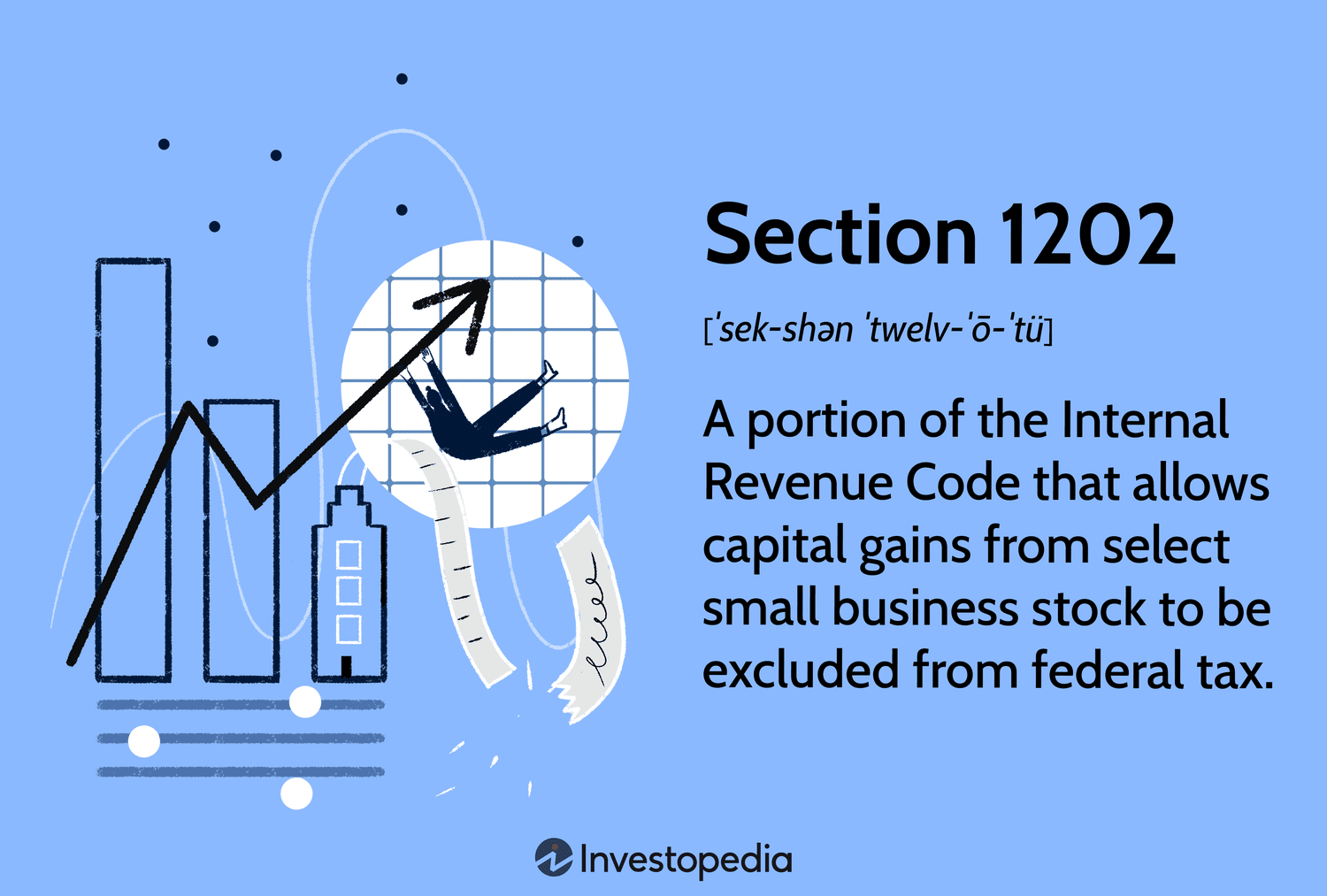The Tax Blotter is a collection of briefs of recent tax legislation and tax court decisions.
Spurred on by recent legislative changes., more employers are offering Roth 401(k) plans as an alternative to regular 401(k) plans.
Pay now, save later. The Roth 401(k) is essentially a combination of a regular 401(k) plan and a Roth IRA. In contrast to a regular 401(k), however, deferrals are made to your account on an after-tax basis. Conversely, as with a Roth IRA, qualified distributions made after five years are 100% tax-free. For this purpose, the definition of “qualified distributions” is the same as it for a Roth IRA, including payouts made after attaining age 59½.
Preserve more savings. Previously, participants in a Roth 401(k) plan had to take required minimum distributions (RMDs) after reaching a specified age, even though this requirement didn’t apply to Roth IRAs. However, the “SECURE 2.0“ law has evened things up. Beginning with the 2024 tax year, Roth 401(k) owners no longer have to take annual RMDs, but beneficiaries still must under a complex set of rules: Note: Currently, the age threshold for RMDs is 73.
Catch up on new rule. SECURE 2.0 includes other significant new rules affecting Roth 401(k) plans. Key change: Employees who are age 50 or older must use the Roth 401(k) version for “catch-up contributions” if they earn more than $145,000 a year (indexed for inflation). This requirement was scheduled to take effect in 2024, but the IRS has postponed it until 2026 to accommodate administrative needs of employers (Notice 2023-62, 8/23/23).
Thanks for reading CPA Practice Advisor!
Subscribe Already registered? Log In
Need more information? Read the FAQs





